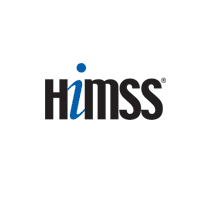A third of US hospitals now have EHRs
- 22 February 2011

A third of US hospitals say they have begun to install an electronic health record.
Within the headline figure, some 25% say they have a fully operational EHR in place at one site, while 22% say they have one in place across their entire organisation.
The numbers provided by the annual HIMSS Leadership Survey paint a picture of strong adoption in EHRs by American hospitals, accelerated by the promise of national investment funds.
But there were also warnings of dark clouds in the sky. In 2009, US president Barack Obama pledged that all Americans would have electronic medical records within five years, and channelled up to $36 billion of America Reinvestment and Recovery Act (ARRA) money towards meeting the pledge.
This included around $20 billion to incentivise providers to make ‘meaningful use’ of records. However, there are now concerns that budget disputes in Washington may hit this money.
As a result, the Healthcare Information Management and Systems Society (HIMSS) yesterday issued a statement calling for continued support for efforts to digitise healthcare through EMRs.
Republicans are demanding deep cuts in the burgeoning US deficit and unless agreement is reached they are contemplating a shut-down of the federal government. The crunch comes next week, on 4 March.
HIMSS chief executive Steve Lieber told a press conference at the HIMSS11 conference in Orlando yesterday: “There are emerging political questions, bringing a sense of uncertainty.”
He noted that there has been consident support from the last two US presidents for the adoption of medical technology, and described the EMR investment under ARRA as a historic move.
“Hospitals and physicians now have this tool available to them to make transformation from paper based records,” said Leiber.
He acknowledged that not all hospitals are convinced of the need to prioritise investment in electronic records, and that each provider organisation needed to make the case.
“We recognise there are different paths that different providers may pursue,” said Leiber. “Providers must consider the pros and cons.”




